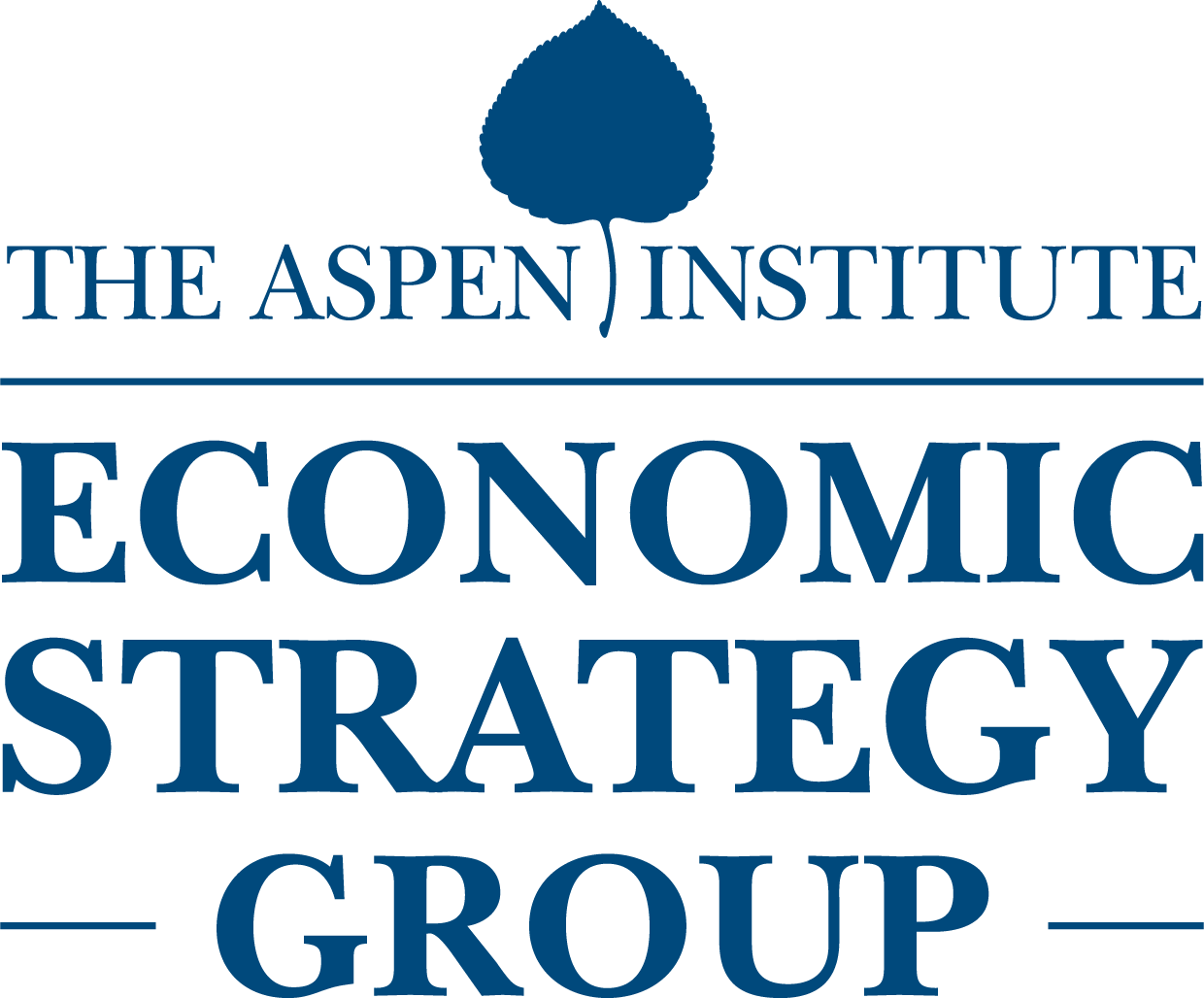
Press Release: Why Drug Pricing Is Complicated

Aspen Economic Strategy Group releases new paper by Kellogg’s Craig Garthwaite and Amanda Starc
WASHINGTON, DC | WEDNESDAY, AUGUST 30, 2023 — The Aspen Economic Strategy Group (AESG) today released a new paper, “Why Drug Pricing is Complicated,” by Craig Garthwaite and Amanda Starc of Northwestern’s Kellogg School of Management. The paper details the complicated drug pricing structure in the United States and offers possible policy solutions. Yesterday, the Biden Administration announced 10 drugs that will be subjected to price negotiations with Medicare.
“The blunt and somewhat clumsy approach of the Inflation Reduction Act and many other proposed policies toward drug pricing primarily reflects society’s frustration over high pharmaceutical prices,” stated Garthwaite and Starc in the paper. “But making a better system means finding the right balance between affordable access to products today and access to innovative new drugs in the future.”
The paper states that high prices are a deliberate feature of the complex system by which new products are brought from the scientific bench to the patient’s bedside. Garthwaite and Starc say the goal as a society should not be focused simply on lowering prices but instead on increasing value.
On the role of Medicare: While the US health care system is often described as a free market system dominated by private firms, in reality government payers of various types are a meaningful part of the payment system for pharmaceuticals. As of 2017, the largest single payer is private health insurance, which accounts for 42 percent of all spending, while Medicare accounts for 30 percent and Medicaid another 10 percent. Given their massive scale, the statutory payment rules implemented by these government payers can have wide-ranging implications.
On large-molecule drugs driving rising drug prices: Spending is driven by specialty drugs and branded drugs. From 2011 to 2021, specialty medications grew from 28 to 55 percent of overall drug spending (IQVIA 2022). This growth was driven by increased spending for autoimmune (459 percent) and oncology (326 percent) products. A recent analysis of sales data shows that only 20 percent of prescriptions are for branded drugs, yet, over 80 percent of drug spending is on branded drugs, because they are meaningfully more expensive than their generic counterparts.
Retail consolidation also affects prices: Patients purchase prescription drugs from a pharmacy, either in a physical location or by mail. Over time, this market has become increasingly concentrated. In 2022, the five largest pharmacies were CVS Health (both mail order and retail), Walgreens Boots Alliance, Cigna (mail order), UnitedHealth Group (OptumRx mail order), and Walmart Stores. Together these five account for 64 percent of all retail sales (Fein 2023b). Larger pharmacies may have more leverage in negotiations with both wholesalers and buyers. This leverage could allow them to earn more margin on the spread between the acquisition price and the sales price of the drugs. It also allows them to demand greater dispensing fees for medications—fees that can represent the majority of the pharmacy profits from branded expensive drugs. Left behind in this pattern of consolidation are the remaining independent pharmacies that have little market power and therefore have experienced consistent decreases in reimbursements for their services.
On collusion in the market for generic drugs: Alleged anticompetitive behavior has also led to skyrocketing prices. For example, an active collusive ring of generic manufacturers led to price hikes for over one hundred drugs. The scheme generated $12 billion of additional profit for drugmakers (Cuddy 2020). Firms like Mark Cuban’s CostPlus drugs are attempting to deal with collusion in the market for generics. The FDA should continue to evaluate the approval process to look for additional efficiencies that would decrease entry costs.
On the role of pharmacy benefit managers and rebates: An area of rare bipartisan consensus is that PBMs are exploiting their position as middlemen to siphon money from both patients and pharmaceutical firms. PBMs manage the pharmaceutical benefit of a consumer’s insurance plan and negotiate rebates with drug wholesalers in exchange for allowing consumers access to that drug. Frustrated by rising drug prices, people are looking for a scapegoat, and a system of shrouded prices set by large firms makes a convenient target. However, it would be unwise to limit the ability of PBMs to negotiate large discounts. Instead, we should move to a system where all payments between manufacturers and PBMs flow first to payers before being split with PBMs.
The IRA also includes changes beyond price negotiations meant to control drug price spending: The IRA changes the cost structure of prescription insurance coverage (Part D) to remove any enrollee responsibility for spending once they reach $7,400 in out of pocket expenses. In addition, the government share of spending in this period was reduced to 20 percent, while Part D plans are now responsible for 60 percent. There are a number of drugs that would automatically put patients at this limit each year simply as a result of their chronic – and known – condition.
The paper concludes by offering possible solutions to address high cost of prescription drugs in the US market without threatening US innovation in drug development. In addition to the proposals outlined above, possible solutions include ending rebates that middlemen negotiate with drug manufacturers and making the price negotiation system more transparent; creating upper limits on the amount of cost sharing that can be charged to consumers; providing copayment assistance in the commercial market; and encouraging more competition among pharmacies.
Click here to read the full paper.
To speak with authors, contact Sean Scanlon at sean@econstrategygroup.org or 847-644-9882.